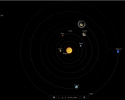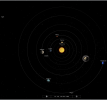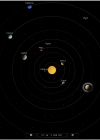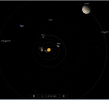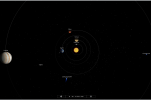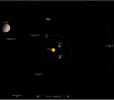Here are the preliminary results.
Data sample contained 92 M8+ earthquakes (EQs) that happened in period 1900-2015.
Its time distribution:
Compared to lower part of Fig. 33 in ECHCC:
it seems that it does not support the connection between solar minima and major EQs, discussed in
this topic.
For each EQ, planetary positions were
calculated at that time and extracted (if somebody wants to play some more with it, the complete spreadsheet can be found
here).
Using ecliptic coordinate system, planetary angular distance (delta phi) was obtained as difference between their respective longitudes.
Although there are some "peaks" in delta phi distribution, it can not unambiguously be said that Mercury "triggers" EQs on Earth by discharging solar capacitor, i.e. when it's located in conjuction (or opposition) with the big ones. The same goes for any astrological type of planetary alignment.
Moreover, when delta phi is "translated" to [0°,180°] interval only (plots in right column), peaks (groupings of points) at 0° (conjuction) and 180° (opposition) are clearly missing.
There's also no clear correlation among angular positions of planets of Mercury-Earth-Jupiter or Mercury-Earth-Saturn triad.
On the other hand, as implied in above scatter plots, there might be something in Earth's relative position WRT the big ones:
That is to say, there might be slightly higher probability for big EQ to occur when Earth is just "entering" the region "in front" of a big one, i.e. when Earth is
approaching the conjuction with Jupiter and/or Saturn. But again, compared to overall distribution, these peaks (groupings) do not support any significant/decisive conclusion.
For the sake of more completeness, here are also scatter plots of different "cross combinations":
All in all, to put it shortly, it seems there is not much to write about - lot of "might", "could be" and vague indications, but no clear cuts. Except to say that some speculations presented in
this article are not supported by observations (real data).


